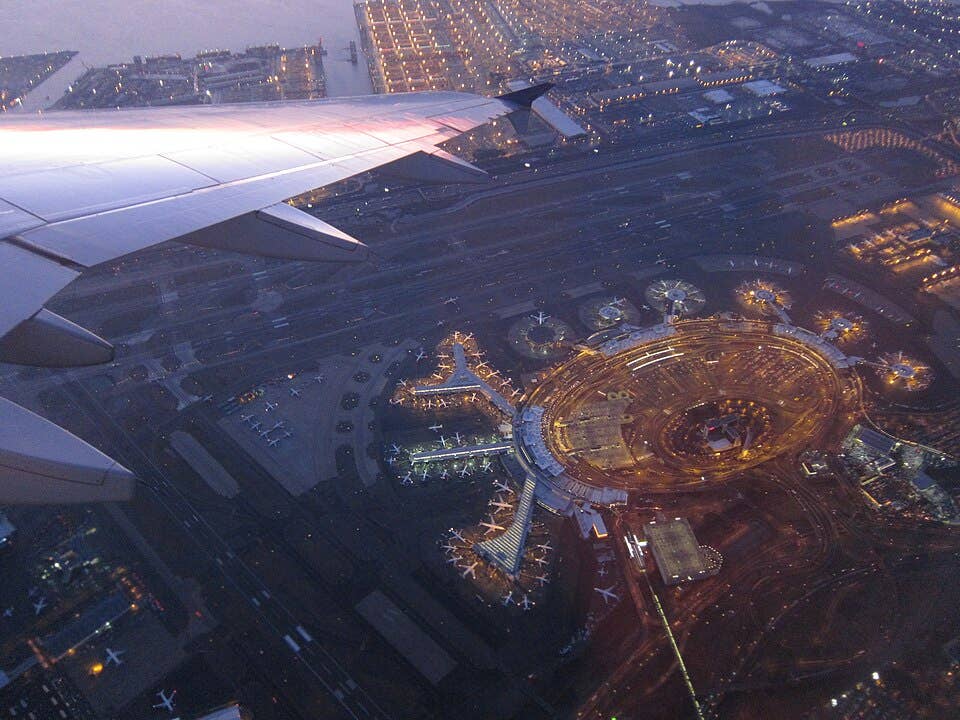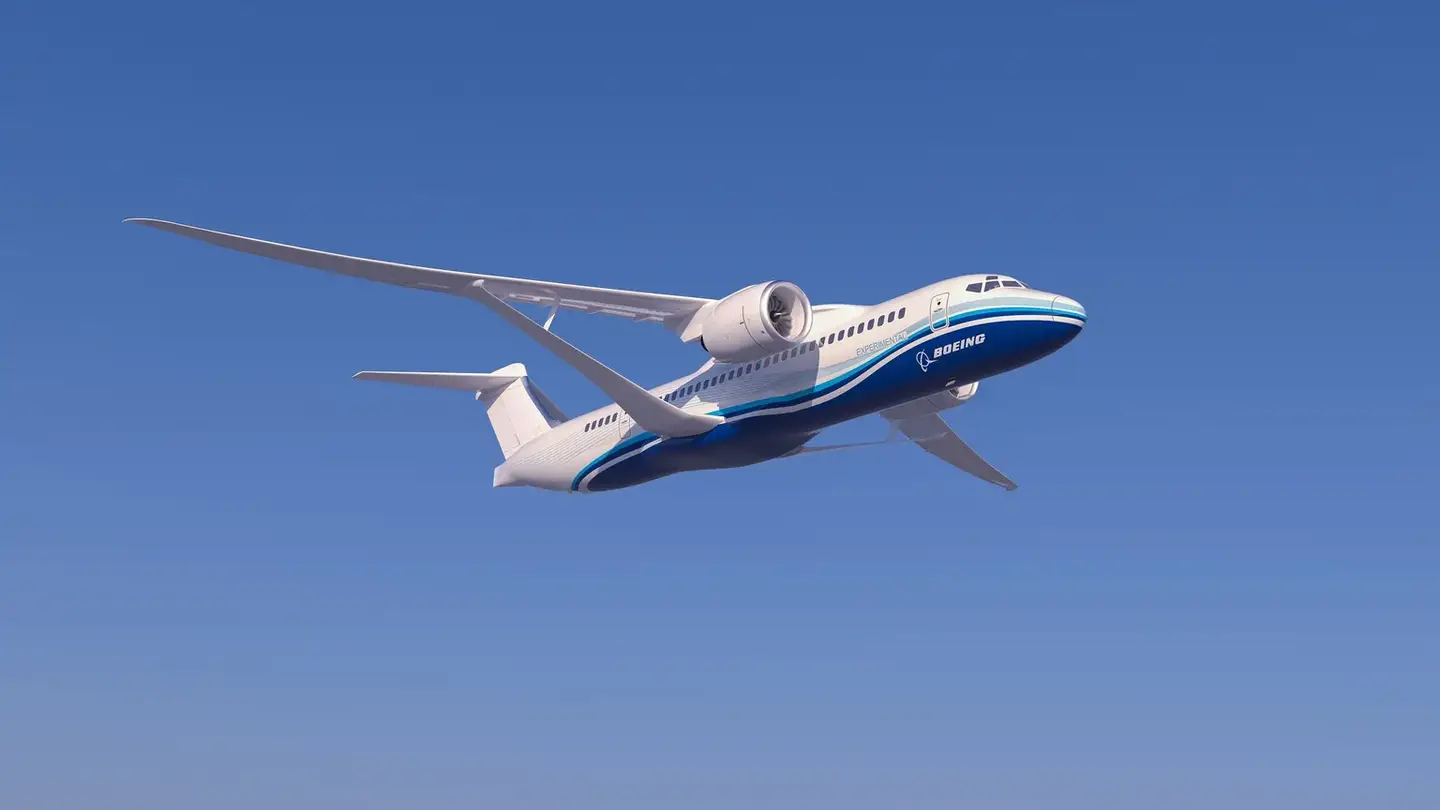FAA Launches Panel To Study Air Traffic Controller Fatigue
The FAA announced this week it has established a three-member panel of experts to explore the specific elements of fatigue among air traffic controllers. The panel will identify current science…

The FAA announced this week it has established a three-member panel of experts to explore the specific elements of fatigue among air traffic controllers. The panel will identify current science on sleep requirements that can be applied to the logistics of scheduling air traffic controllers.
Beginning this month, panelists will study developing research while simultaneously reviewing previous existing information on controller fatigue. Former National Transportation Safety Board member Mark Rosekind, a safety and sleep/fatigue professional, will chair the panel. He will be joined by Charles Czeisler, chief and senior physician, Division of Sleep and Circadian Disorders, Departments of Medicine and Neurology at the Brigham and Women's Hospital in Boston; and Dr. Erin Flynn-Evans, head of the NASA Ames Research Center Fatigue Countermeasures Laboratory.






